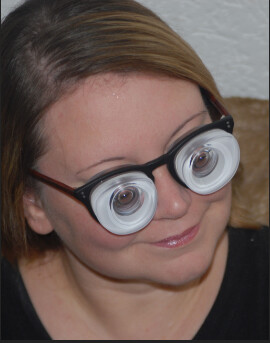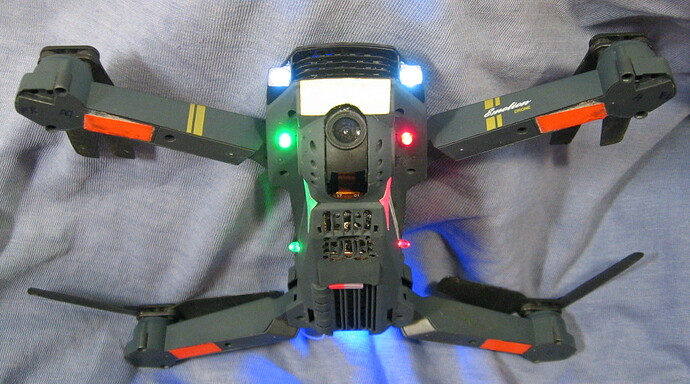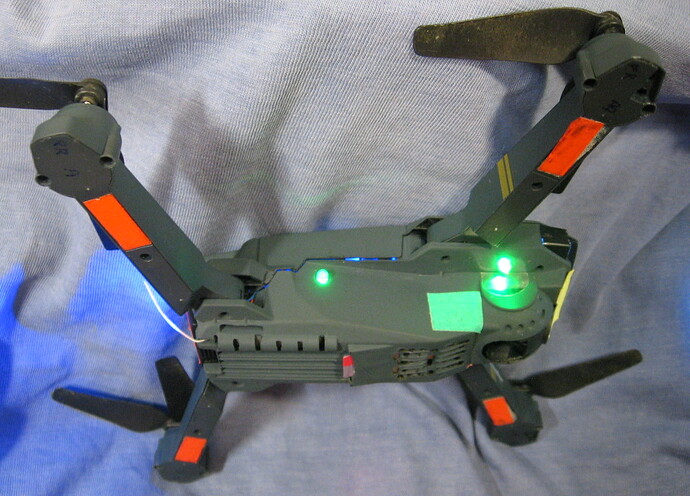My mini2 comes in at 237g - add 2 flytron strobes with mounts & I’m still 244g. The SKYREAT NDPL filters are 4.2g so still below 250g
I said M2P but that was a typo… I have an M3P - sorry ![]()
I know that feeling of panic!
I find that looking at the DJI Fly screen map is the best solution. You can see which way you are facing. Just turn until your location arrow is pointing towards the drone position. Scan the sky up and down until you see it. Checking the indicated height and the direction the drone is pointing is useful. If you still can’t see it align the drone to point towards your position and fly towards yourself whilst descending to a safe height and you’ll soon see it.
Totally agree. Also putting it into sports and going left and right back and forward rapidly helps with increasing the sound.
My little 100g E58 drone is grey-green, has ony 100m range, but is very difficult to see in front of trees etc.
So I have applied strips of different coloured fluorescent tape on each side of my drone, and fitted 2 red and green navigation LEDs on each side, pointing both down and sideways.
You could wrap a strip of thin reflective / fluorescent fabric around the drone (the type for sewing on clothing for visibility), maybe even let it hang down a foot from the bottom.
On the basis of experience, both for finding it in the sky and in the long grass, my general advice would now be: get a fluorescent orange drone !
Autel drones were made for you ![]()
This is a kind of old thread so I hope some of you are still there. I fly my mini 3 through the screen and an awareness of what else is up there also keeping my ears open for other flying things that might be around.
My real question that I can’t find an answer to is do I need a strobe at night by law as they seem to in the USA?
Thanks
David
No. No need at all.
I think you used to need a green strobe, but that’s now been removed from the regs. I would recommend one though, the LED’s on the Mini 3 switch off when you start recording, leaving you, quite literally, in the dark as to where the drone is and probably therefore out of line of sight.
That’s FAA stuff. Nothing has ever been needed in the UK.
Thanks for commenting but I’m never looking at the drone while filming I’m looking out through the lens and therefore always know where it is. A flashing light in the sky wouldn’t mean anything to me.
I take the line of sight rule to be about watching for other vehicles in the area which a quick glance up in the general direction and good hearing will cover.
Best
David
As per CAP 722 Operating within Visual Line of Sight (VLOS) means that the remote pilot must be able to clearly see the unmanned aircraft and the surrounding airspace at all times while it is
airborne.
It may not be needed by law, but man, does it make a difference. The mini 3 and the Avata I have both ware them, literally look up, and even if you know the area off by heart, there’s no need to search for more than a split second. It’s there.
Another benefit, so I’ve heard, it can increase VLOS, apparently mine has a visual presents from 2-3 mile away, but I stick to around 400m…
The other last thing thrown into the bargain is if it goes down for whatever reason, the strobe I have at least, has its own power supply. So if the drone looses power when it’s downed, hopefully the strobe stay’s on, and bobs your mother brother its easier to find😁. It helped me find the Avata in a small bush in the daylight even.
The Air2s is lit up like a feckin Xmas tree anyway so no need.
Plus I’ve attached them to me dogs collars and the dogs never go out of VLOS either! ![]()
![]()
![]()
Always wondered how that works for people who are visually impaired.
Are they simply banned from enjoying drones?
Depends on the impairment I guess.
Same with driving
Yeah pretty much. Corrective lenses are permitted, but noting more AFAIK.
Sorry, couldn’t resist, these sprung to mind. ![]()

Well done editing my post to suit your point. Unless you have four eyes you can’t film and watch the drone at the same time. I’ve seen it written that my drone has a range of upto 6km. No one’s eyesight is that good.
End of the day it’s about taking responsibility for safety and for my actions and being real, which I do and am.
D
I didn’t edit your post, I just quoted what you said. Filming and flying does take some practice but it can be done. It’s far too easy to lose a drone in the sky during long periods of filming so you do need to keep an eye on it. I film close to buildings, trees etc. at wedding venues so pretty much need to keep my eye on it all the time.
That’s the thing prove it ![]() , I used to have to hit targets over a mile away and did
, I used to have to hit targets over a mile away and did ![]() but now after having glass removed from my eye I have block vision and depth perception problems.
but now after having glass removed from my eye I have block vision and depth perception problems.
if I got a tap on my shoulder and asked can you see your drone ![]() I point and say it’s there
I point and say it’s there ![]() Can you not see it you must be blind
Can you not see it you must be blind ![]()
![]()
![]()
![]()
![]()


